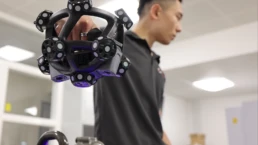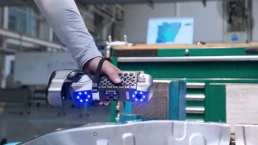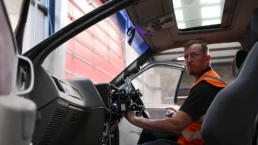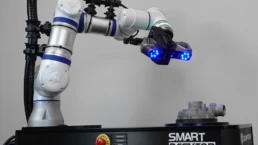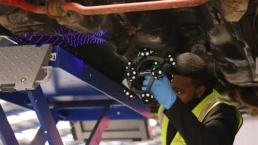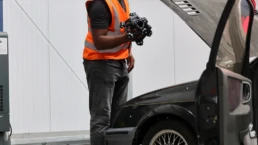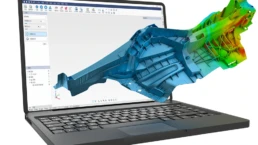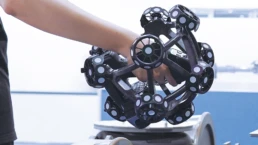ScanTech’s innovative Trackscan 3D scanner has been used to bring a 190-million dinosaur fossil back to life through 3D scanning and digitalisation.
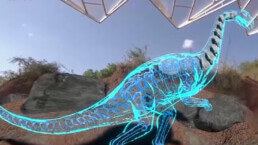
In September 2021, the skeleton of a juvenile dinosaur from the early Jurassic period was discovered in Lufeng, Yunnan Province in China. As part of the research into the remains, our partners, Scantech, were invited to participate in the data capture and restoration of the dinosaur.
The dinosaur remains were reportedly discovered by local villagers after a spell of heavy rain in the area. At the excavation site, archaeological workers completed the full process to salvage the remains, but this came with a number of challenges which Scantech were able to resolve through their innovative 3D scanning devices.
Some of the challenges experienced during the scanning and restoration of the fossils included:
-
Interchanging lighting conditions – as the site was outdoors, changes to the weather, including strong sunlight caused issues with overexposure of the scanning data.
-
The dinosaur structure measured at 8 metres in length but due to the age of the remains, there were a number of different textures on the surface thanks to millions of years of weathering.
-
In addition to textures, the age of the fossils also meant they were extremely fragile and needed to be handled with care. 3D scanning was the best option for accurately capturing the data thanks to the non-contact measurement process that’s involved.
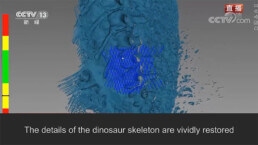
Using the Trackscan 3D solution, the textures and 3D data of the dinosaur was captured accurately – all without the need for reference markers, ensuring that the structure was not damaged or hindered in anyway during the process. With a scanning speed of up to 1.9 million times per second, the team at Scantech was able to obtain the full 3D data efficiently, with intricate detailing captured at an accuracy of 0.025mm. Engineers also scanned multiple fossils of the same genus from previous excavations to craft missing bones.
The scan data was used to create a fossil model which was finished with 3D modelling and printing which allowed researchers to identify the specie as a Lufengosaurus that walked the earth over 190 million years ago. This was the first time that 3D scanning and printing has been utilised in China for a dinosaur excavation. By including 3D scanning within their process, scientists were able to record precise 3D data and 3D printing to reimagine archaeological structures in a most cost-effective way and use this data for future research and developmental work.
Learn more about Trackscan P42 3D scanning device, or give our team of experts a call if you have any requirements for 3D scanning within one of your projects or to learn about our demonstrations of our range of innovative scanning devices from Scantech.
Other news articles

